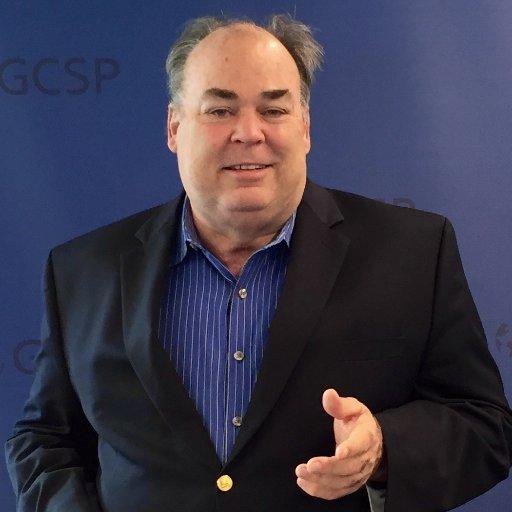U.S. expert: Large-scale fighting in Karabakh can renew at any time

By Rashid Shirinov
The Armenia-Azerbaijan Nagorno-Karabakh conflict, which emerged almost three decades ago, still remains the hot spot of the South Caucasus region. The two countries have not yet been able to find a common ground, and the constant breach of ceasefire by the Armenian troops on the Line of Contact seriously harms the negotiating process.
Incidents along the Line of Contact in Nagorno-Karabakh have remained commonplace, underscoring the risk that larger-scale fighting could renew at any time, says Carey Cavanaugh, Professor of Diplomacy and Conflict Resolution at the University of Kentucky.
Cavanaugh, who served as the U.S. co-chair of the OSCE Minsk Group, dealing with the settlement of the Nagorno-Karabakh conflict, made the remarks in his interview with Azernews on January 17.
The expert reminded that in 2017, the Austrian OSCE Chairmanship worked hard to advance the two confidence-building mechanisms that Baku and Yerevan agreed to in 2016 in Vienna and St. Petersburg.
“While an incidents investigation mechanism still appears to remain a bridge too far, it should be possible to proceed with the nominal increase in OSCE monitors from six to thirteen that has been under discussion,” the expert said. “Although this would only be a minor change, agreement and implementation of this measure would signal a willingness by the parties to take real steps toward improving the situation.”
Cavanaugh called a positive sign the fact that Azerbaijani and Armenian ministers and leaders are once again talking, but noted that they have not yet achieved any visible progress. He reminded that while there was an uptick in incidents along the Line of Contact in early 2017, strong engagement by the OSCE Minsk Group co-chairs, the Austrian OSCE chairmanship, Russian President Vladimir Putin, and other key players helped encourage a return to dialogue between Armenia and Azerbaijan.
“This was first seen with the meetings of the foreign ministers of Azerbaijan and Armenia in Brussels and New York and was capped by the October meeting between Presidents Aliyev and Sargsyan in Geneva,” Cavanaugh added.
Speaking about settlement of the Nagorno-Karabakh conflict, the expert noted that there are still many challenges.
“The Minsk Group co-chairs, OSCE, and other outside players can certainly help with the development and implementation of an agreement between Armenia and Azerbaijan,” he said.
Azerbaijan and Armenia fought a lengthy war that ended with signing of a fragile ceasefire in 1994. Since the war, Armenian armed forces have occupied 20 percent of Azerbaijan's territory, including Nagorno-Karabakh and seven surrounding regions. More than 20,000 Azerbaijanis were killed and over 1 million were displaced as a result of the large-scale hostilities.
Until now, Armenia ignores four UN Security Council resolutions on immediate withdrawal from the occupied territory of Azerbaijan, thus keeping tension high in the region.
Azerbaijan has long ago stated it is willing to settle the conflict through direct negotiations with Armenia with mediation of the OSCE Minsk Group co-chairs. Azerbaijan even noted that within a compromise, it is ready to provide its Nagorno-Karabakh region with the highest level of autonomy within the territorial integrity of Azerbaijan. However, even this concession of Azerbaijan does not make the Armenian authorities join serious and constructive talks on the conflict resolution.
---
Rashid Shirinov is AzerNews’ staff journalist, follow him on Twitter: @RashidShirinov
Follow us on Twitter @AzerNewsAz
